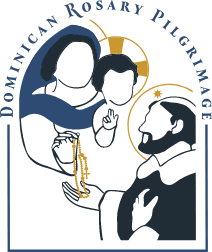The first part of the Rosary contains five mysteries: the first, the Annunciation of the archangel Gabriel to our Lady; the second the Visitation of our Lady to Saint Elizabeth; the third, the Nativity of Jesus Christ; the fourth, the Presentation of the Child Jesus in the Temple and the purification of the Blessed Virgin; the fifth, the Finding of Jesus in the Temple among the doctors. These are called the Joyful Mysteries because of the joy which they gave to the whole universe. Our Lady and the angels were overwhelmed with joy the moment the Son of God became incarnate. Saint Elizabeth and St. John the Baptist were filled with joy by the visit of Jesus and Mary. Heaven and earth rejoiced at the birth of the Saviour. Holy Simeon felt great consolation and was filled with joy when he took the holy child into his arms. The doctors were lost in admiration and wonderment at the replies which Jesus gave; and who could express the joy of Mary and Joseph when they found Jesus after three days’ absence?
The above is an excerpt from The Secret of the Rosary by St. Louis de Montfort.
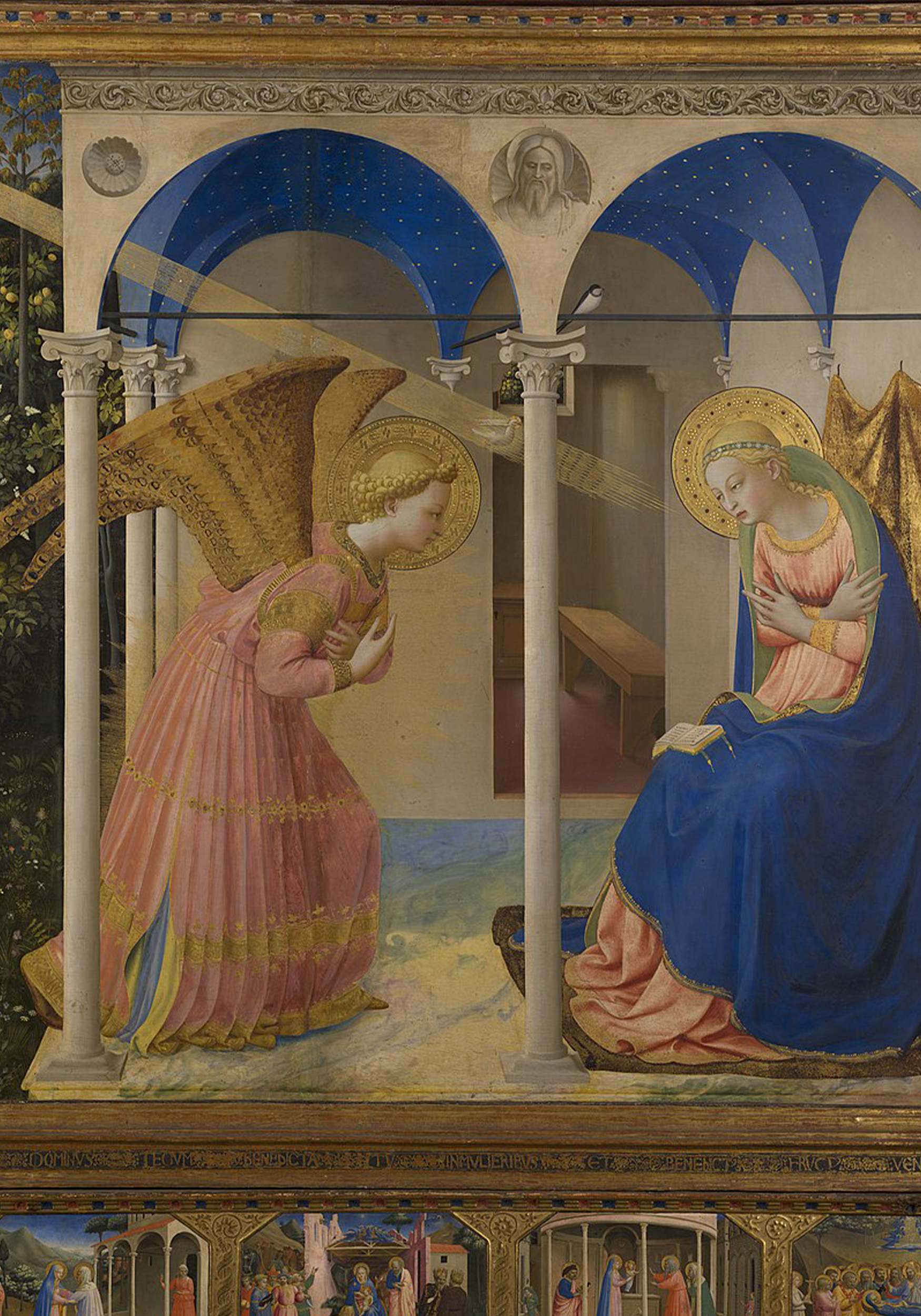
First Joyful Mystery: The Annunciation
“Behold, you will conceive in your womb and bear a son, and you shall call his name Jesus.” Luke 1:31
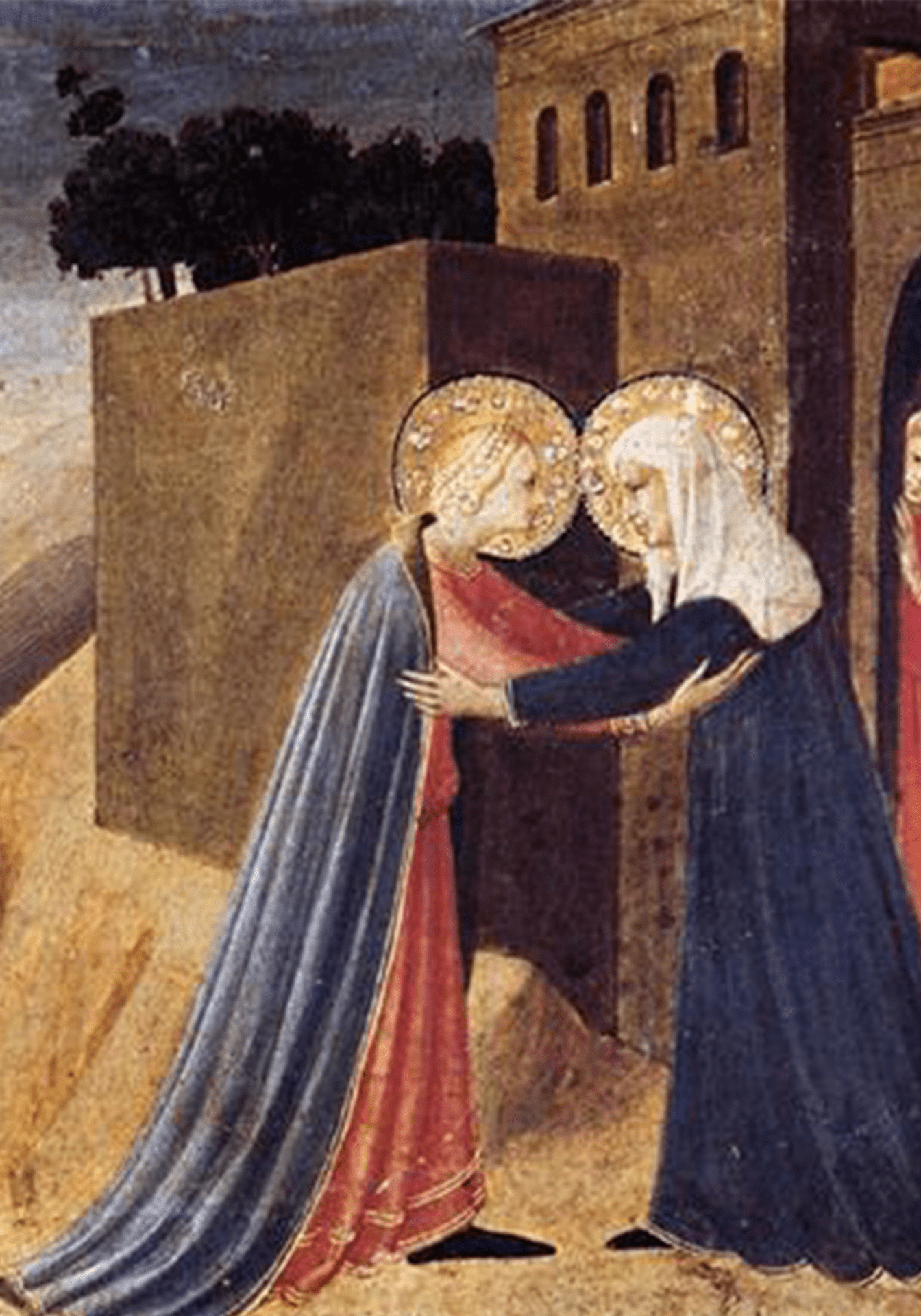
Second Joyful Mystery: The Visitation
When Elizabeth heard the greeting of Mary, the babe leaped in her womb; and Elizabeth was filled with the Holy Spirit. Luke 1:41
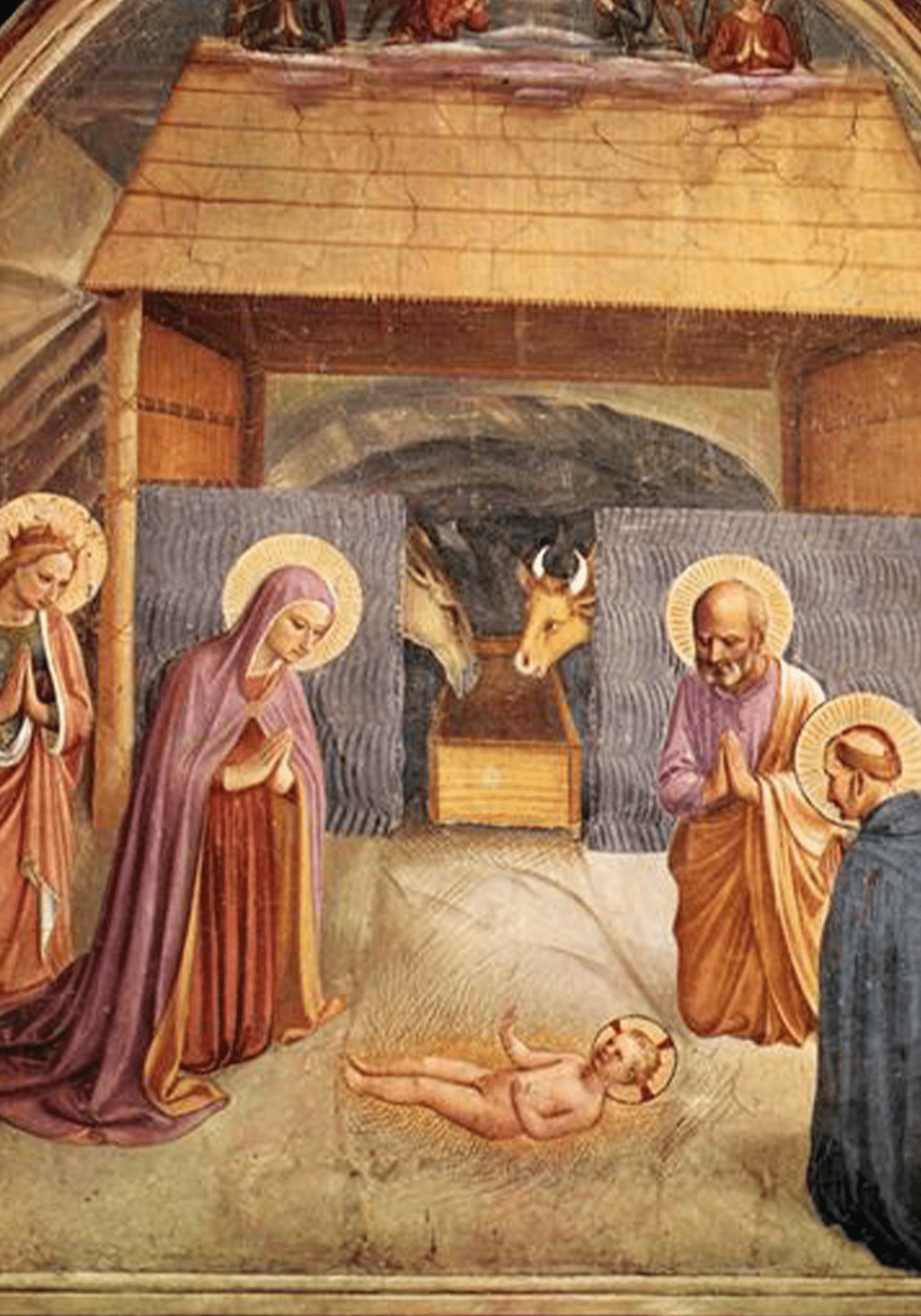
Third Joyful Mystery: Nativity of Jesus Christ
[Mary] gave birth to her first-born son and wrapped him in swaddling cloths, and laid him in a manger, because there was no place for them in the inn. Luke 2:7
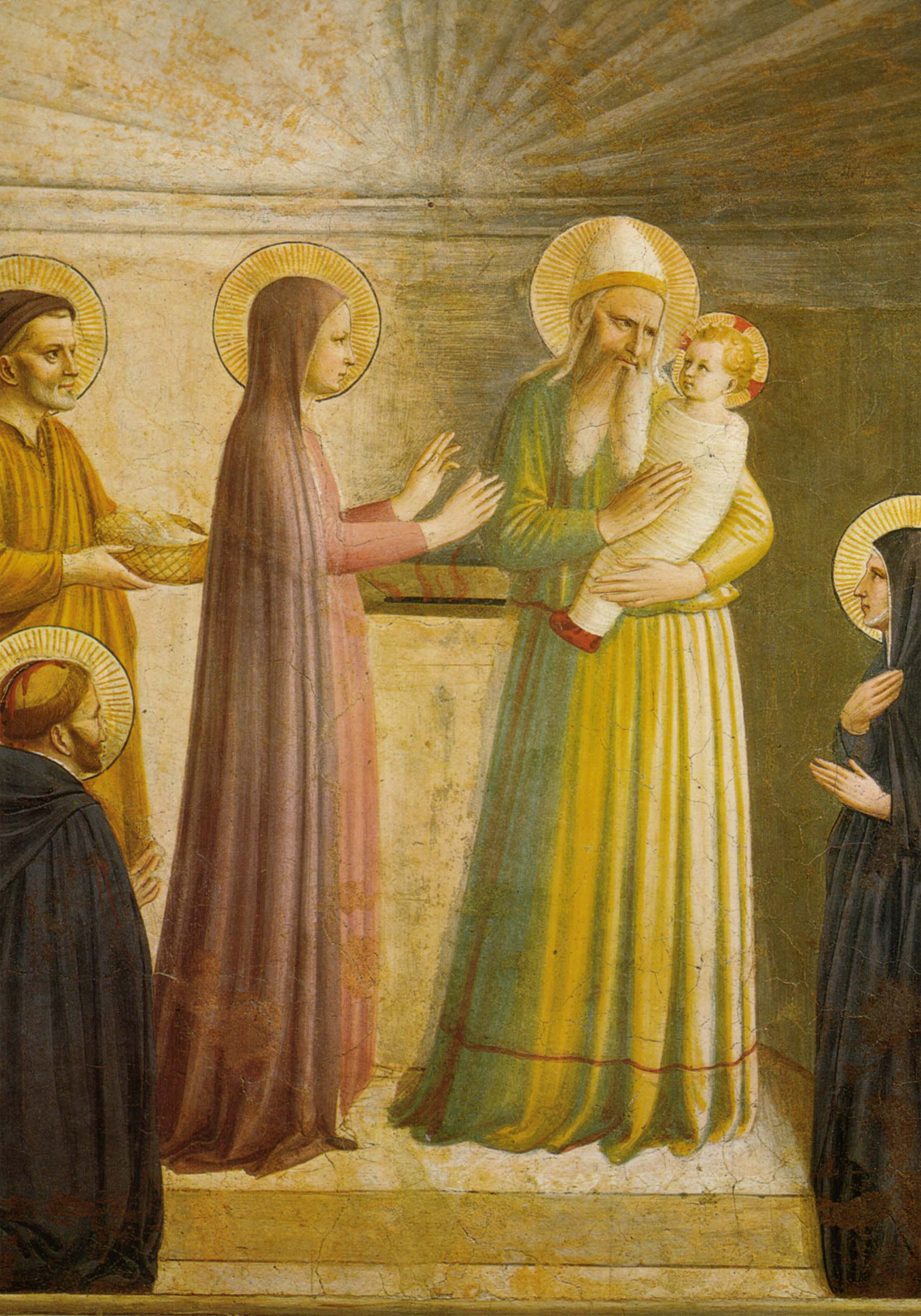
Fourth Joyful Mystery: Presentation in the Temple
When the time came for their purification according to the law of Moses, they brought [Jesus] up to Jerusalem to present him to the Lord. Luke 2:22
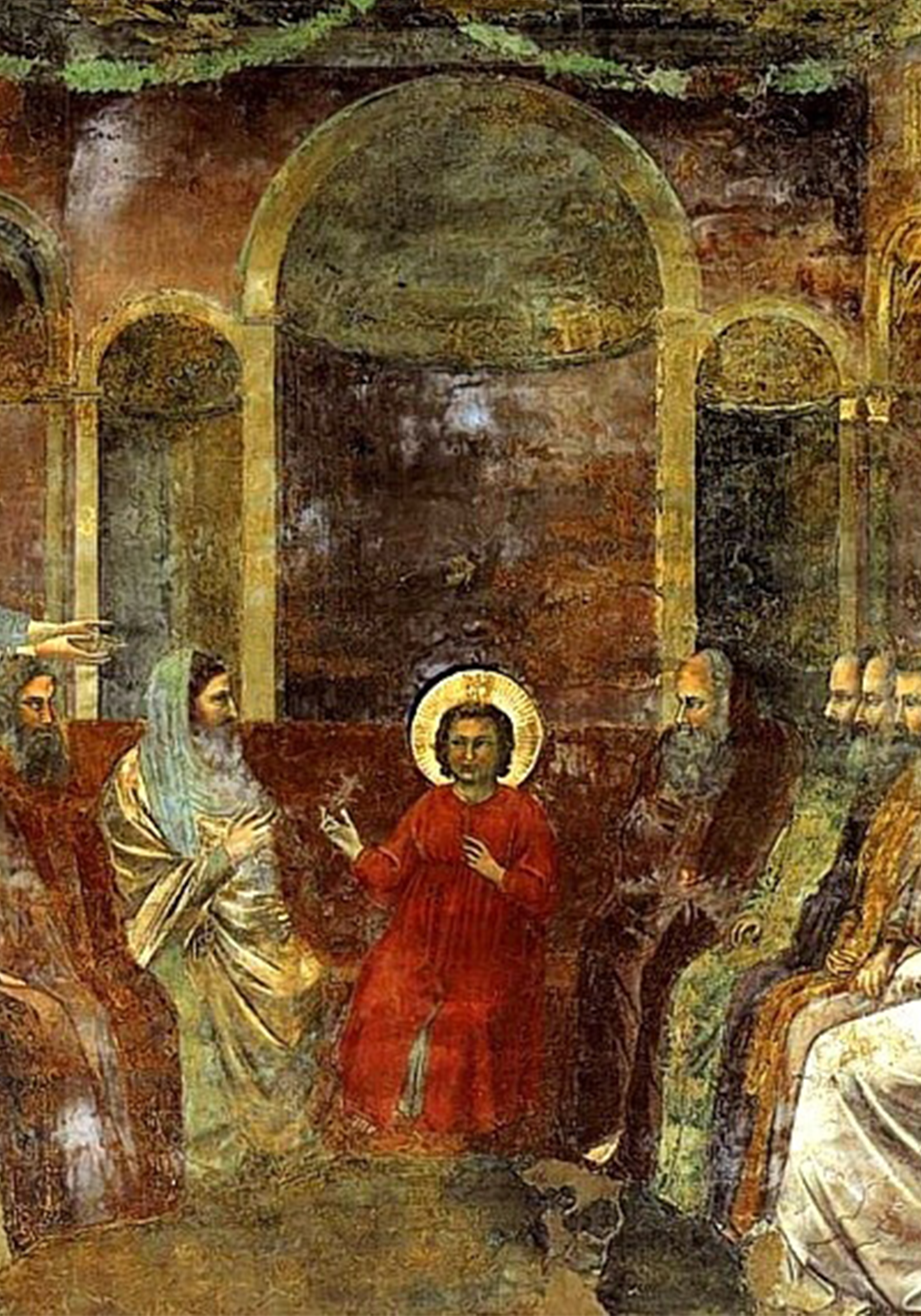
Fifth Joyful Mystery: Finding in the Temple
“How is it that you sought me? Did you not know that I must be in my Father’s house?” Luke 2:49
We Invite You to Pray the Joyful Mysteries with Us
